Assignment 3 (due 24/10/2025)
Submission via Brightspace in LaTeX generated PDF. GenAI-use not allowed.
Natural deduction and Lean
Pick one of the following two natural deduction facts:
-
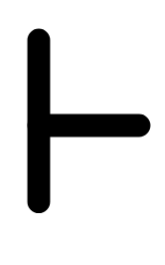 (p
(p
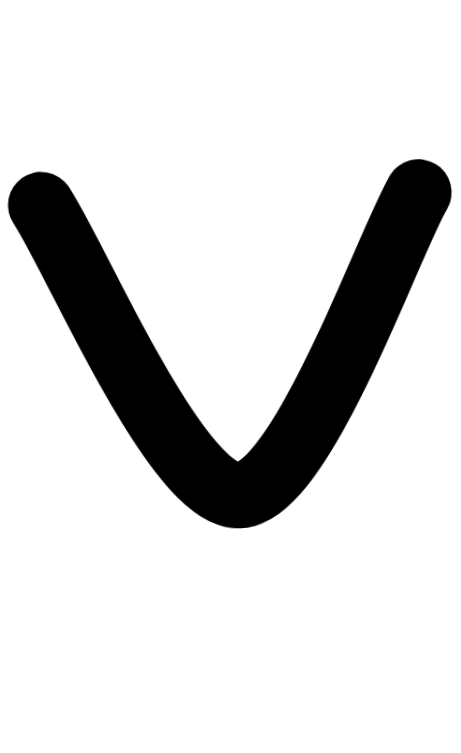
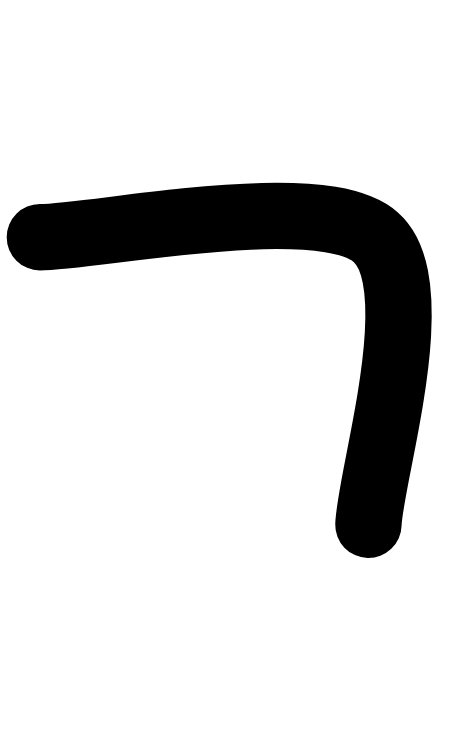 p) (difficulty: medium)
p) (difficulty: medium) -
 (p
(p
 q)
q)
 (q
(q
 r) (difficulty: hard)
r) (difficulty: hard)
Both formulas are provable without any assumptions.
-
Provide a natural deduction derivation for your chosen fact. (2 points)
-
Verify your proof in Lean. (2 points)
Notes:
-
Really try to do this by yourself, without the help of the internet or GenAI. It’s easy to find solutions for this derivation online, but finding it yourself is not only incredibly rewarding, it’s also an excellent way of learning natural deduction techniques.
-
If you want to typeset your derivation in LateX, rather than including a picture, you can use the package proof.sty . Simply include
\usepackage{proof}in the preamble of your document and follow the instructions from the link to typeset your proofs. -
For the Lean code, the easiest way of sharing it is to use the Lean playground to write your code and once your code works copy-paste the url into your document. This works because the URL will look like this
https://live.lean-lang.org/#codez=, where the alphanumeric string encodes your code. -
You can use the
\url{command in LaTeX to make your code ‘clickable’ if you have} \usepackage{hyperref}in your preamble.
FOL Models
In class, we discussed that the following set of FOL formulas is satisfiable, but has no finite models:
-
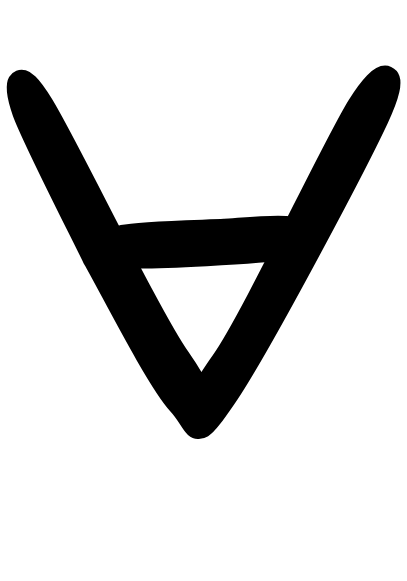 x
x
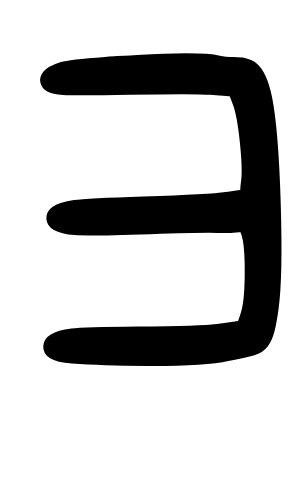 y x ≤ y
y x ≤ y -
 x
x
 (x ≤ x)
(x ≤ x) -
 x
x
 y
y
 z((x ≤ y
z((x ≤ y
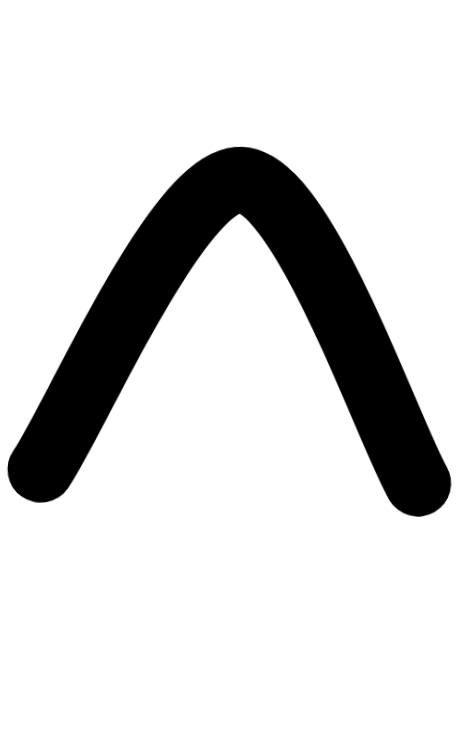 y ≤ z)
y ≤ z)
 x ≤ z)
x ≤ z)
We’ll work towards showing this fact in this question:
-
Show that there can’t be model of the formulas with just one element. You do this by showing that if you had such a model, where the domain contains d
 D as its one and only element, this would lead to a contradiction.
The contradiction, you can derive from the truth-conditions for the formulas. (2 points)
D as its one and only element, this would lead to a contradiction.
The contradiction, you can derive from the truth-conditions for the formulas. (2 points)Hint: For this case, you only need to think about the first two formulas. Think about what it means for d₁ that the first formula is true, then involve the second.
-
Next, consider a model with precisely two elements, d₁, d₂
 D. You
can arrive at a contradiction as well here, but you need to think about the
third formula. The argument is more involved, though: It starts by thinking
about what the first formula says about the first object and what that means
for the relation between the first and the second object. Then you need to
think about the second object and it’s relation to the first. Then you need to
think about the third formula and use the second to arrive at a contradiction.
(2 points)
D. You
can arrive at a contradiction as well here, but you need to think about the
third formula. The argument is more involved, though: It starts by thinking
about what the first formula says about the first object and what that means
for the relation between the first and the second object. Then you need to
think about the second object and it’s relation to the first. Then you need to
think about the third formula and use the second to arrive at a contradiction.
(2 points) -
Bonus: Can you generalize this argument to a model with n elements d₁, …, dₙ
 D? (2 bonus points)
D? (2 bonus points)
FOL and SQL
We return to our country DB.
-
Which FOL formula corresponds to the following query?

1 2 3 4 5 6 7 8 9 10 11 12 13 14 15 16 17 18 19SELECT L1.country AS x, L2.country AS y FROM LocatedIn AS L1, LocatedIn AS L2 WHERE EXISTS ( SELECT 1 FROM LocatedIn AS Z WHERE EXISTS ( SELECT 1 FROM LocatedIn AS Zx WHERE Zx.country = L1.country AND Zx.continent = Z.continent ) AND EXISTS ( SELECT 1 FROM LocatedIn AS Zy WHERE Zy.country = L2.country AND Zy.continent = Z.continent ) );You can open it under db-fiddle . (2 points)
-
Formulate a SQL query for the following formula:
LanguageOf x dutch LocatedIn y europe
LocatedIn y europe
Verify your work using db-fiddle. (2 points)